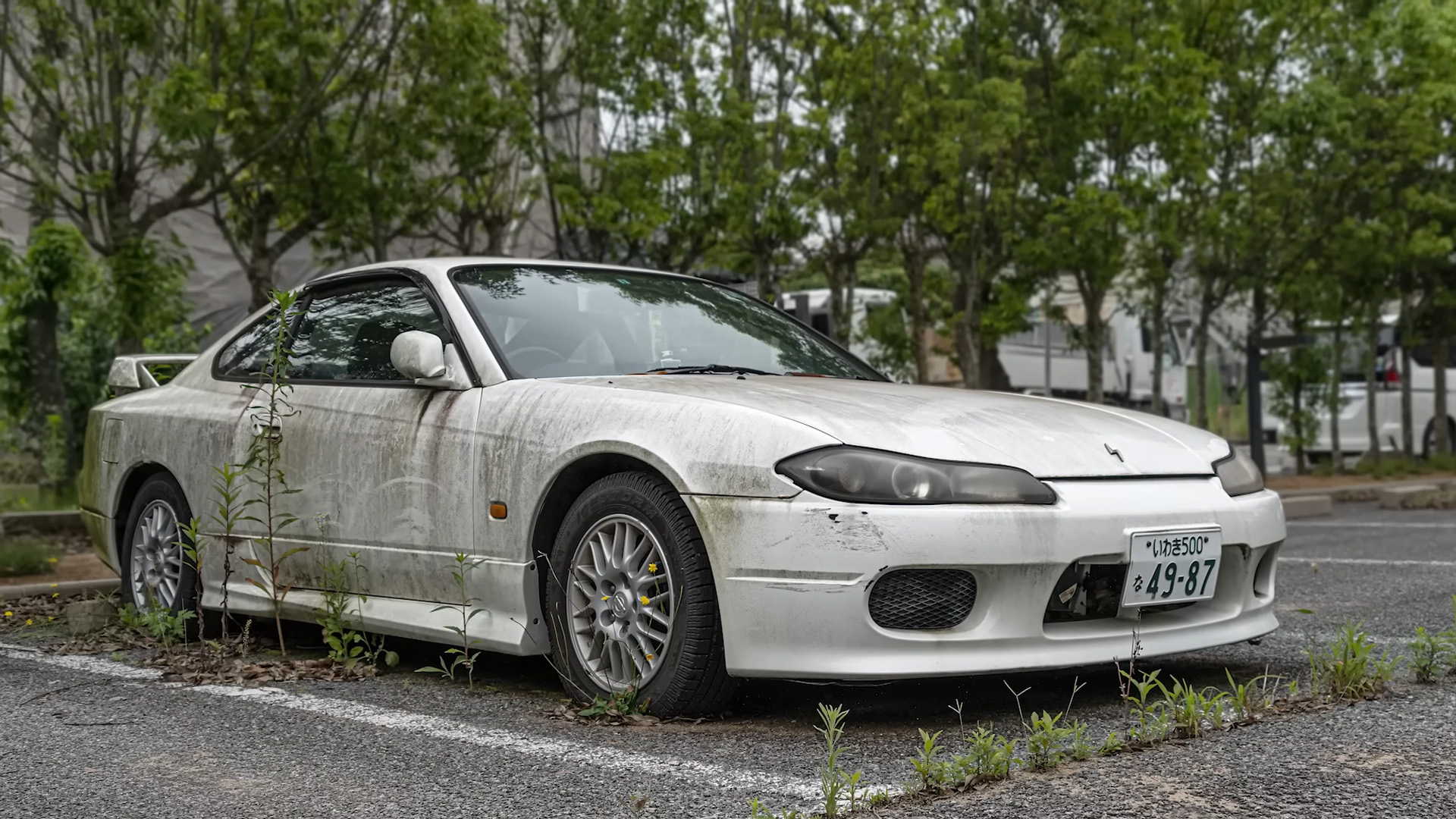

It’s been nearly 12 years since a tsunami caused a nuclear disaster at Japan’s Fukushima Daiichi Nuclear Power Plant. While the majority of the evacuated areas have since been cleared of all inhabitance, few have returned, and some areas remain part of the exclusion zone. Here, radiation levels remain too high to stay for more than a few hours.
Despite the risk, it has become a somewhat morbid tourist attraction for out-of-towners as well as urban explorers. That’s where the YouTubers behind Exploring the Unbeaten Path come in. Recently, the channel’s host, Bob, ventured into the exclusion zone to check out some of the vehicles left behind. What he uncovered will undoubtedly make any JDM car enthusiast writhe with jealousy: tons of rare, abandoned Japanese-market cars that will inevitably rot in place or be crushed.

Bob’s adventure around the exclusion zone showed hundreds of abandoned cars and trucks which were left to their own devices immediately following the 2011 incident. Both common and rare, enthusiast-focused vehicles can be seen stowed away in buildings and in tall grass, simply awaiting their date with fate.
Some notable spots include a Toyota Crown Comfort, Suzuki Jimny, Mitsubishi Evo 7, R32 Skyline, Z33 Nissan 300ZX, S15 Nissan Silvia, MK4 Toyota Supra, Mazda P600 Carol, AW11 Toyota MR2, Honda S2000, Subaru WRX STI, and Subaru Forester STI, plus a myriad of different Kei trucks and vans.




In case you were wondering why someone hasn’t invested a ton of time into picking up these cars and bringing them somewhere that radiation isn’t a concern—property laws aside—there are quite a few safety reasons why these cars have remained in place.
First, the cars themselves may be radioactive due to the exposure. Japan customs also require that a vehicle emit less than a certain amount of radiation in order for it to be exported. Specifically, that measurement is 0.3 microsieverts, which is measured and exceeded by at least one car in the video. There were also reports of radioactive cars being dumped in various countries around the world in 2011 after the Fukushima disaster, including one van sold domestically that was found to be emitting around 110 microsieverts per hour.
There’s also the fact that these cars may eventually have a fate worse than rust. Exposing certain metals to radioactive material results in a phenomenon called radiation hardening. This creates a substantially harder material that consequentially becomes more brittle, meaning cracks, surface changes, and malformations can occur over time.

This isn’t the first time we’ve seen some urban explorers checking out the abandoned rides in Fukushima. Back in 2020, we shared some photos taken of classic American cars in Japan which, while still cool, doesn’t scratch our never-ending itch for JDM cars. That being said, these forgotten classics probably trigger similar feelings in locals given the nature of American cars in Japan.
Got a tip or question for the author? Contact them directly: rob@thedrive.com